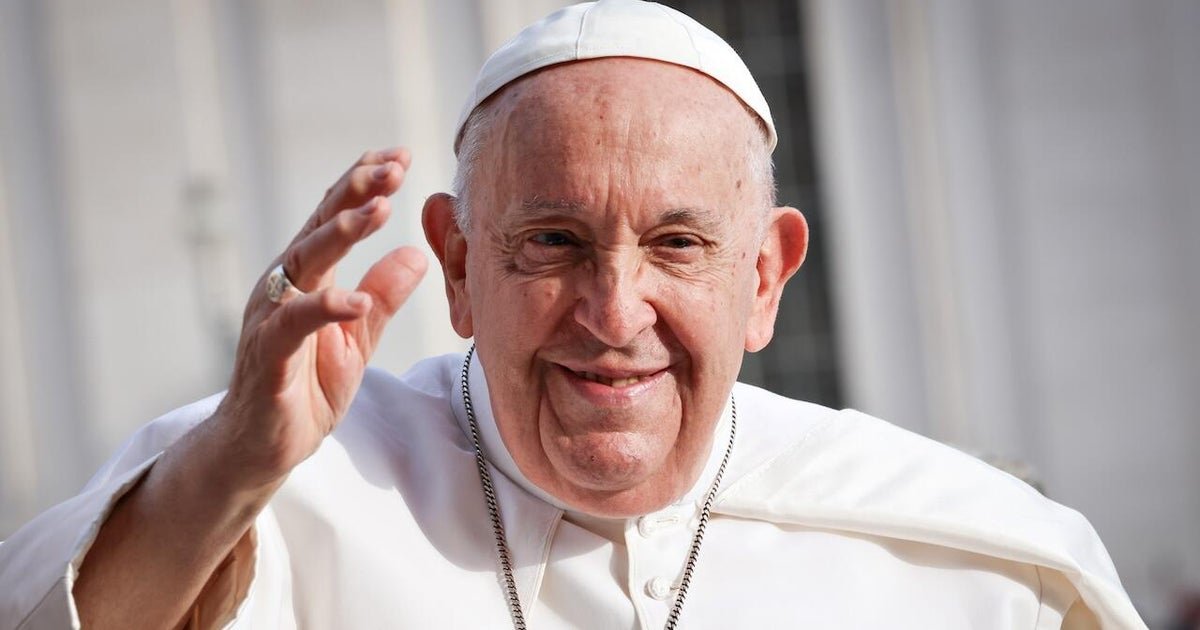Pope Francis died Monday after 12 years as the leader of the Roman Catholic Church, triggering an outpouring of mourning across the globe. The pope’s death initiates a centuries-old process of rituals and traditions that culminates with a conclave, a gathering of the Church’s current 135 Cardinal Electors who are sealed inside the Sistine Chapel to elect the next pontiff.
Here’s what’s to come in the following days.
Day One
The pope was formally pronounced dead by the Cardinal Camerlengo — currently Irish-born American Kevin Farrell — who is one of the most important Vatican officials during the interregnum period.
Traditionally, the camerlengo (chamberlain) would tap a silver hammer on the pope’s head while calling out his baptismal name three times. The hammer is no longer used. Far more conventionally, an electrocardiogram was used to confirm John Paul II’s death in 2005.
Farrell then made a statement announcing the news: “At 7:35 this morning, The Bishop of Rome, Francis, returned to the Father’s house. His entire life was dedicated to the service of the Lord and His church.”
Once the camerlengo pronounces the pope dead, and before sealing the papal apartment, he breaks the pope’s Fisherman’s ring and destroys the dies used to make the papal seal for apostolic letters, to symbolize the end of the pontificate.
These items will be buried with the pope. But first, the pontiff is transported to lie in state in St. Peter’s Basilica. Hundreds of thousands of mourners descended on Vatican City after the death of Pope Emeritus Benedict XVI in 2022 to pay their respects.
Novemdiales
Pope Francis’s death will be followed by a nine-day mourning period called Novemdiales, a tradition that dates back to Roman times.
Vatican flags will fly at half-staff, and the bronze doors of St Peter’s Basilica are closed.
The funeral must take place four to six days after the pope’s death. Weather permitting, it will be held in St. Peter’s Square. Most recent popes have asked to be buried beneath the Basilica there, but Francis said he would be laid to rest in Rome’s St. Mary Major Basilica. He also asked to be buried in a simple wooden casket.
The papal funeral is broken down into three separate phases, or “stations.” They are the preparation of the body, the viewing of the body, and then the burial.
At the funeral, attended by kings, queens, heads of state and religious leaders, the coffin will be carried through the so-called “door of death” to the left of the main altar, and a single bell will toll. The coffin will then be lowered into a marble sarcophagus and covered by a stone slab.
During the nine-day mourning period, cardinals from around the world gather in Rome and begin meeting in “General Congregations,” a sort of campaigning period where various papal candidates give speeches about their visions for the church, mapping out the direction they think it should take.
The conclave
Between 15 and 20 days after the pope’s death, voting will begin, as the Cardinal Electors of the papal conclave isolate themselves from the world and begin the centuries-old process of choosing the next pope. Only cardinals under the age of 80 — currently a group of about 135 — are eligible to vote.
Behind closed doors in the Vatican’s Sistine Chapel, the cardinals will cast ballots for their choice, repeating the process until a candidate emerges with a two-thirds-plus-one majority. The paper ballots are burned after each round of voting, sending up black smoke to signal no choice has been reached yet, and finally white smoke to reveal that a new pope has been selected.



